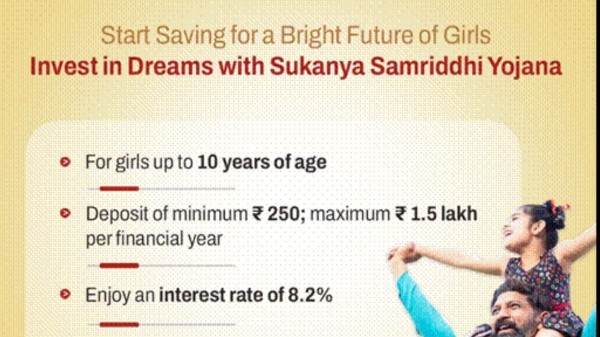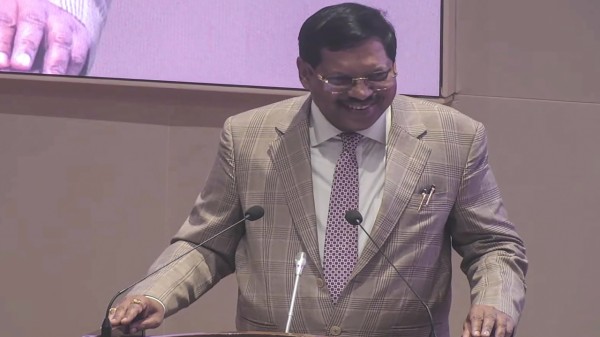New Delhi: The GST Council’s 56th meeting on September 3, 2025, cleared one of the most sweeping tax overhauls in recent years. From smartphones to televisions and even spare parts, many goods linked to the consumer technology sector will now attract lower GST. The changes kick in from September 22, the first day of Navaratri, and are expected to affect both retail pricing and long-term industry costs.
The decisions, tucked into a long list of HSN code changes, are not just about headline gadgets but also about the ecosystem around them. The council has reduced GST on components, accessories, and supporting equipment that keep the supply chain running. That means some savings will show up on sticker prices, and others will trickle down indirectly over time.
Direct relief: gadgets that will cost less
A few big-ticket items in the tech space have seen immediate tax relief.
- Televisions and monitors: GST has dropped from 28% to 18%, covering LCD and LED TVs, monitors, projectors, and even set-top boxes. This alone could shave thousands off mid-range and premium TVs, which have been steadily rising in price.
- Air conditioners and washing machines: Household appliances, often bundled with smart features these days, will now be taxed at 18% instead of 28%. That makes large appliances more affordable during the festive season.
- Silicon wafers and diagnostic kits: For the tech manufacturing sector, silicon wafers now fall under the 5% slab instead of 12%, and diagnostic kits and reagents too move to 5%. This will have a knock-on effect on the cost of chips and sensors that go into consumer electronics.
- Telecom gear: Two-way radios used by defence and police forces have been shifted to 5% GST from 12%. While niche, it points to cheaper professional communication equipment that sometimes feeds into broader telecom supply chains.
Indirect benefits: spare parts and ancillaries
The bigger story lies in the long list of ancillaries that got cheaper. Many of these directly support the production of consumer tech goods:
- Plastic beads, rubber threads, and erasers are now at 5%, down from 12%. These are raw materials that feed into everything from chargers to casings.
- Latex and rubber gloves, feeding bottle parts, and even rubber bands now fall into the 5% bracket, which will lower costs for factories.
- Motors, ignition equipment, and pumps for internal combustion engines are now at 18% instead of 28%. For tech-linked auto ancillaries like EV-hybrids and small gensets, this brings cost relief.
- Electric accumulators (other than lithium-ion) have been cut to 18% from 28%. While lithium-ion remains outside this, the cut for other accumulator types may still ease prices in budget categories of UPS systems and small backup devices.
- Parts and accessories of motor vehicles have been reduced to 18% from 28%. For consumer tech logistics; think trucks and delivery vans that bring gadgets to retail shelves, this could help companies save on fleet costs.
What stays expensive
The Council did add pain for some categories. Premium buyers will notice:
- Caffeinated and carbonated drinks moved up to 40%, a move that could pinch tech offices and canteens where such beverages are part of the daily routine.
- Luxury cars and big motorcycles are now at 40% flat GST, which will indirectly keep high-end infotainment systems and premium in-car electronics on the pricier side.
- Lithium-ion batteries remain outside the relief net, still drawing higher GST. Since these power almost every modern gadget from smartphones to EVs, the unchanged rate means consumers won’t see much benefit here.
Why it matters for tech buyers
This overhaul is not just about phones and TVs getting cheaper on shelves. By cutting taxes on wafers, diagnostic kits, plastics, and rubber inputs, the Council is effectively lowering the cost base for the factories that make India’s gadgets. That means the next wave of electronics assembled locally could launch at more competitive prices.
It also sets the stage for India’s “China+1” push, as companies weighing India as a manufacturing base now have one less tax headache to deal with.













